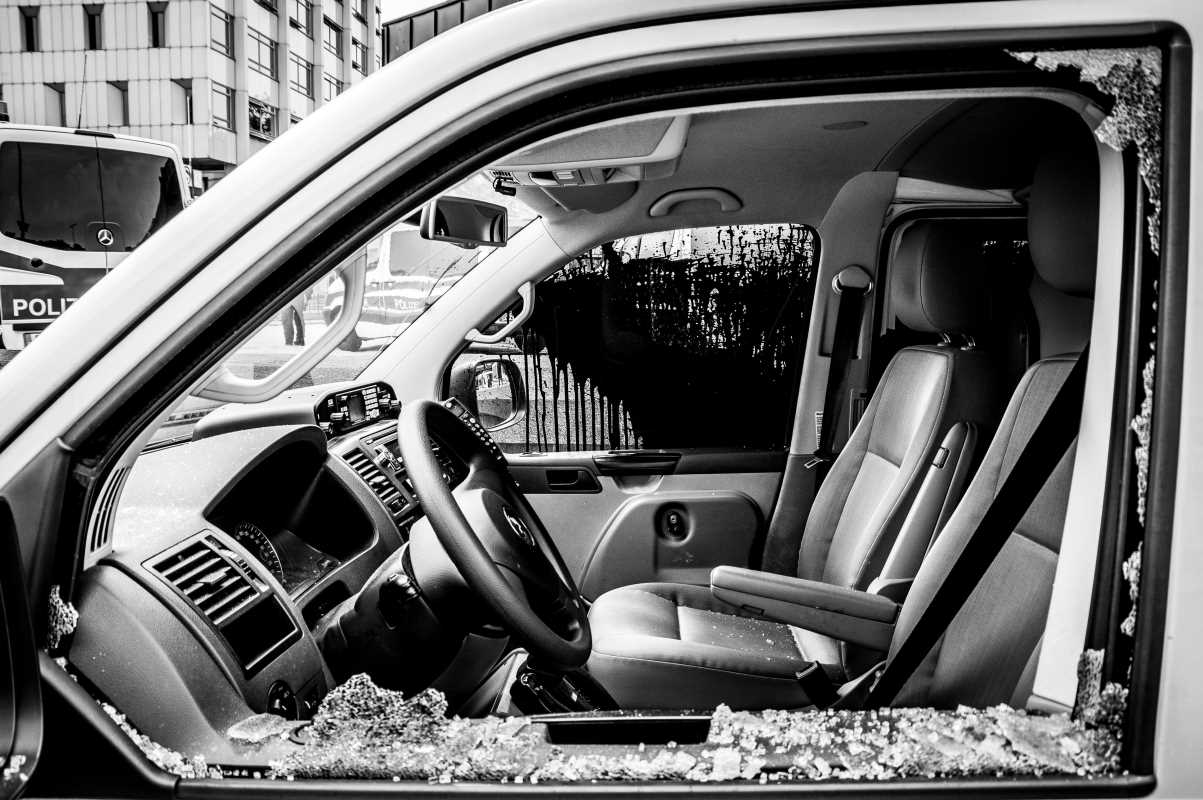Charting a motorcycle touring route invites you to explore winding roads, dramatic landscapes, and hidden gems that might otherwise go unnoticed. Taking the time to plan your journey allows you to seek out scenic byways, charming towns, and unique stops along the way. Each decision about which roads to follow adds a sense of anticipation and possibility to your ride. With every mile, you build memories and enjoy the freedom that comes from setting your own course. The process of choosing your route turns the trip into a true adventure, offering excitement and discovery around every bend in the road.
Setting out on a well-planned ride turns a simple trip into an epic story. By outlining your goals, choosing the perfect machine, and mapping out precise details, you create a personalized adventure that challenges and inspires you at every mile.
Define Your Adventure Goals
Before hitting the open road, clarify what you hope to experience. Think about the type of landscapes you want to explore, the distance you're comfortable covering, and the level of challenge you want to embrace. This process turns your journey into a quest filled with excitement and personal achievement.
Consider factors such as scenic diversity, cultural landmarks, and unique roadside stops to determine your priorities. Setting clear intentions helps you pick routes that blend high-speed highways with leisurely back roads, giving you the flexibility to adjust plans along the way.
Select the Right Motorcycle
Choosing a motorcycle suited for a long ride is a crucial step in the planning process. Evaluate your machine’s performance, fuel efficiency, and comfort features before committing to a route. A well-maintained bike that matches your riding style boosts your confidence and ensures a smooth, reliable journey.
Examine your motorcycle’s ergonomics and consider any modifications that could improve its performance for long-distance touring. Upgraded suspension, better lighting, or adding luggage racks can make your ride both safer and more comfortable, creating a seamless connection between machine and road.
Plan Your Route
Mapping out your adventure requires balancing planning and spontaneity. Start by choosing regions that captivate your interest and then identify the possible paths that connect them. Use digital mapping tools and printed guides to find scenic byways and hidden gems along the way.
Follow these key steps to plan an engaging route:
- Research areas known for their challenging curves and breathtaking vistas.
- Cross-reference your desired stops with local weather and road condition updates.
- Plan for refueling and rest breaks to maintain your energy throughout the ride.
- Include diverse motorcycle routes that offer both adventure and ease of navigation.
- Outline alternatives for detours if weather or traffic conditions change.
Carefully mapping your route ensures you catch every nuance of the terrain without sacrificing the spontaneity of discovery. You can always make adjustments as the journey unfolds, keeping the ride both organized and flexible.
Pack the Right Gear and Tips
A well-prepared rider packs for comfort and unexpected challenges. Organize your gear efficiently and pack only the essentials without overloading your machine. This balance between readiness and mobility allows you to adapt quickly to changes on the road.
Consider these essential packing tips:
- Weatherproof riding gear, including a durable jacket and waterproof gloves.
- Compact tools for on-the-go repairs and maintenance.
- A lightweight first-aid kit and necessary medications.
- Navigation aids such as a GPS device or printed maps as backup.
- Snacks and hydration supplies, especially for remote segments of the journey.
Strategic preparation enhances your motorcycle touring experience by ensuring that both you and your bike stay secure and comfortable regardless of unexpected conditions.
Ensure Safety and Make Contingency Plans
Maintaining safety while riding involves more than protective gear. Take a proactive approach by studying the areas you plan to traverse, understanding local traffic regulations, and ensuring that your bike is mechanically sound before long trips.
Create contingency plans that include emergency contact numbers, roadside assistance options, and temporary accommodations. This preparation eases worries about the unknown and allows you to face challenges confidently, making your journey as secure as it is exhilarating.
Discover Unique Stops and Experiences
Plan memorable stops along your route—local landmarks, festivals, or roadside gems.
Add surprise visits like art towns or regional meals to enrich the ride.
Embrace the journey, not just the destination, for stories that last.
 (Image via
(Image via





